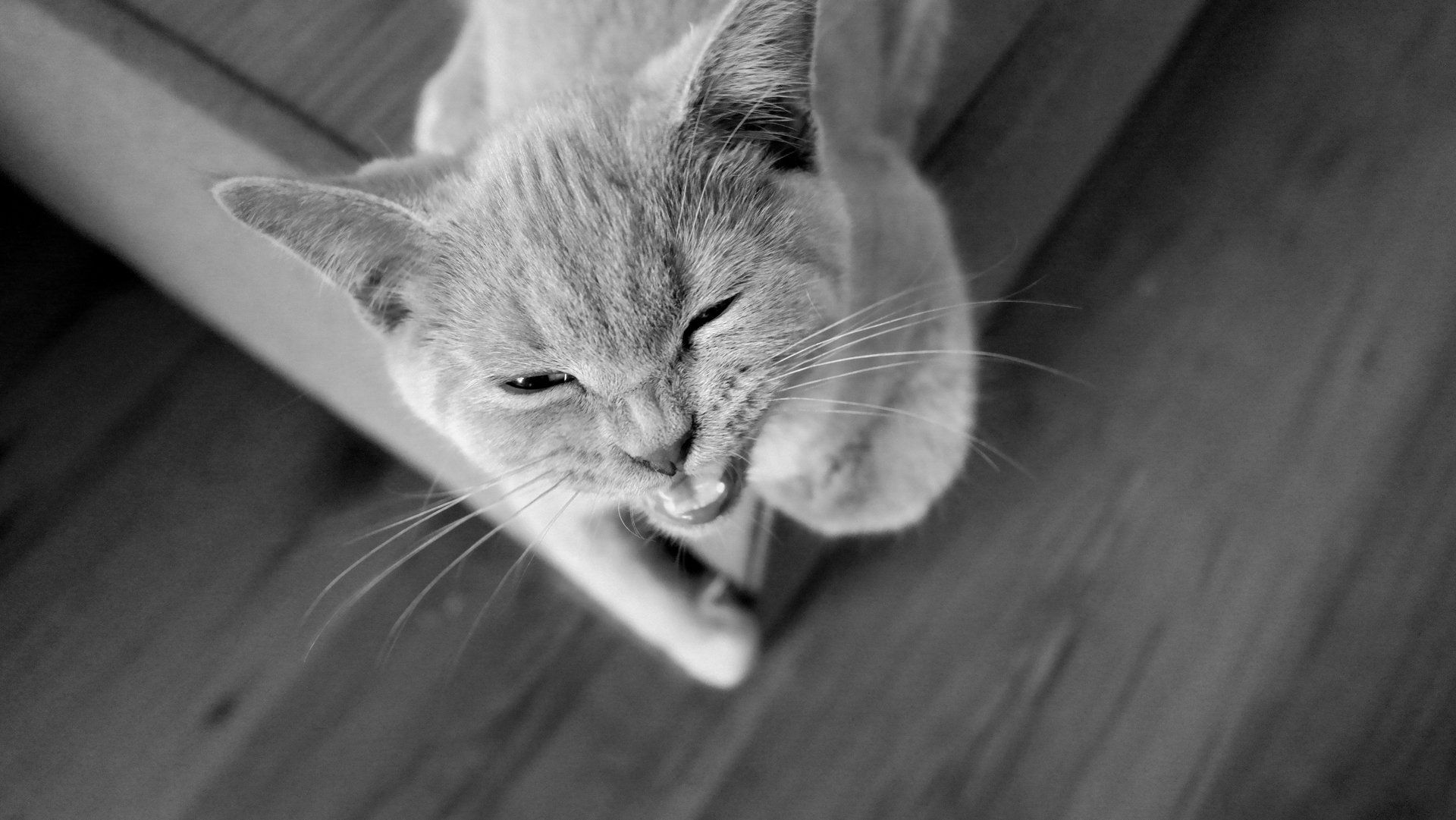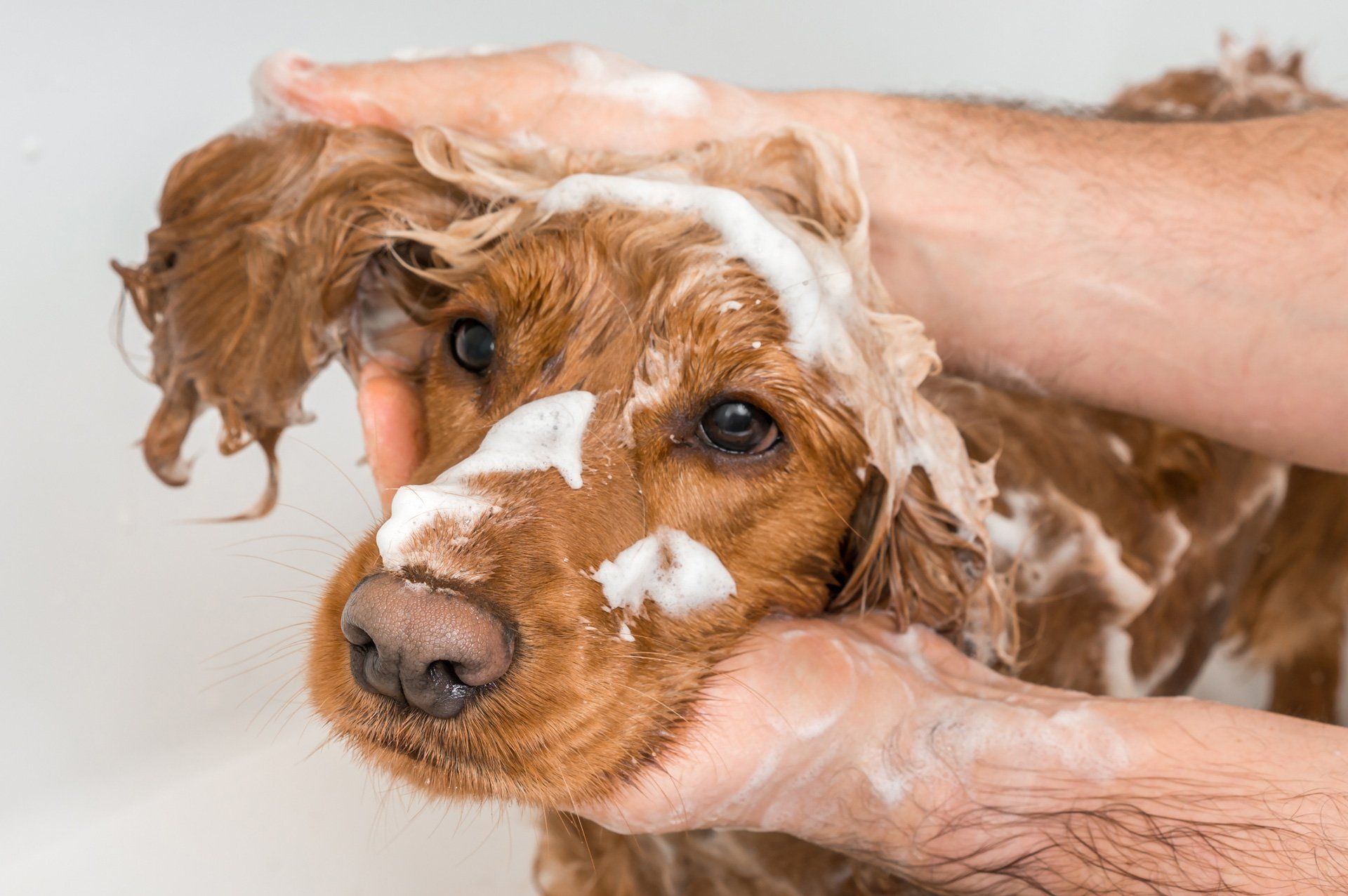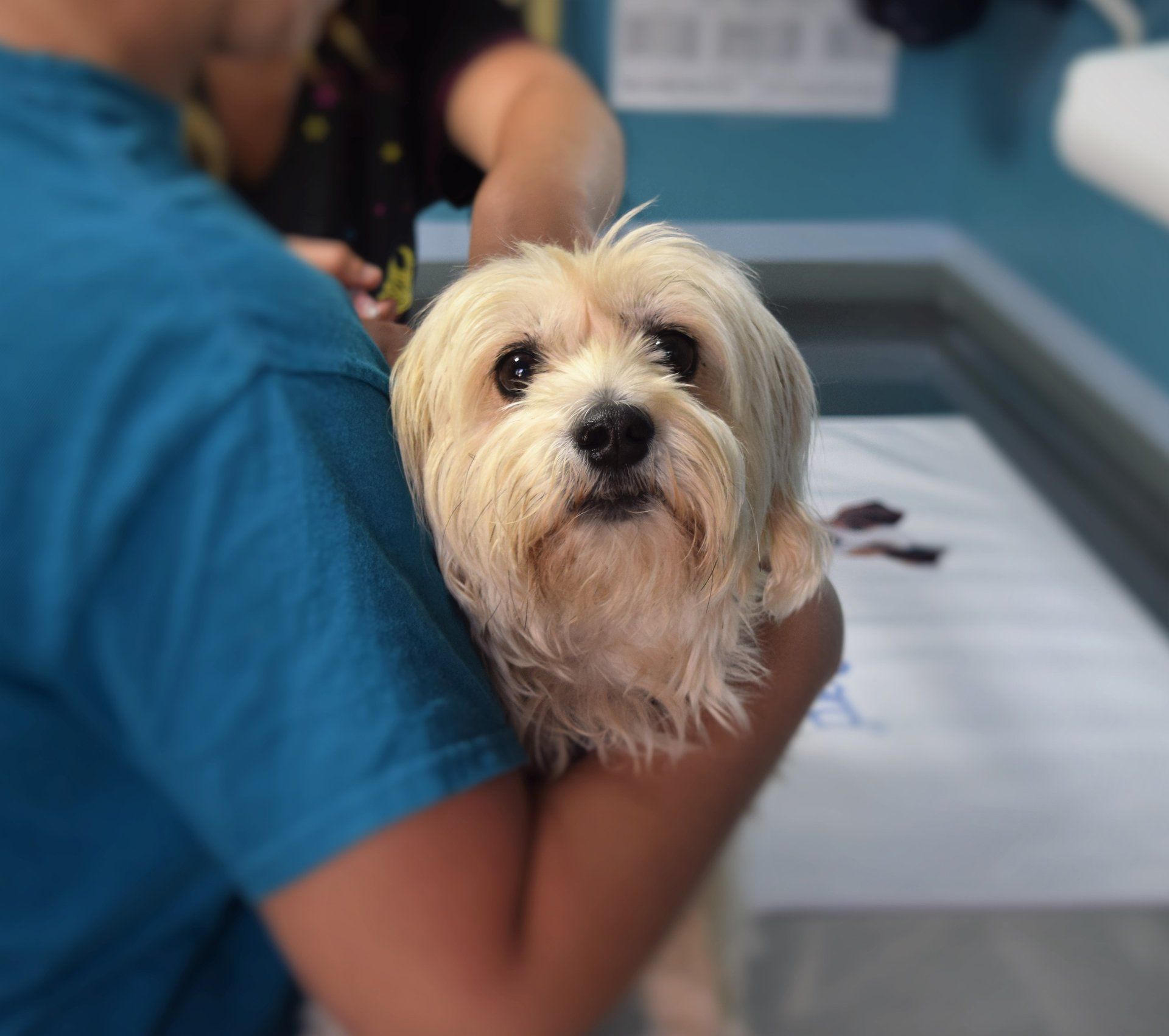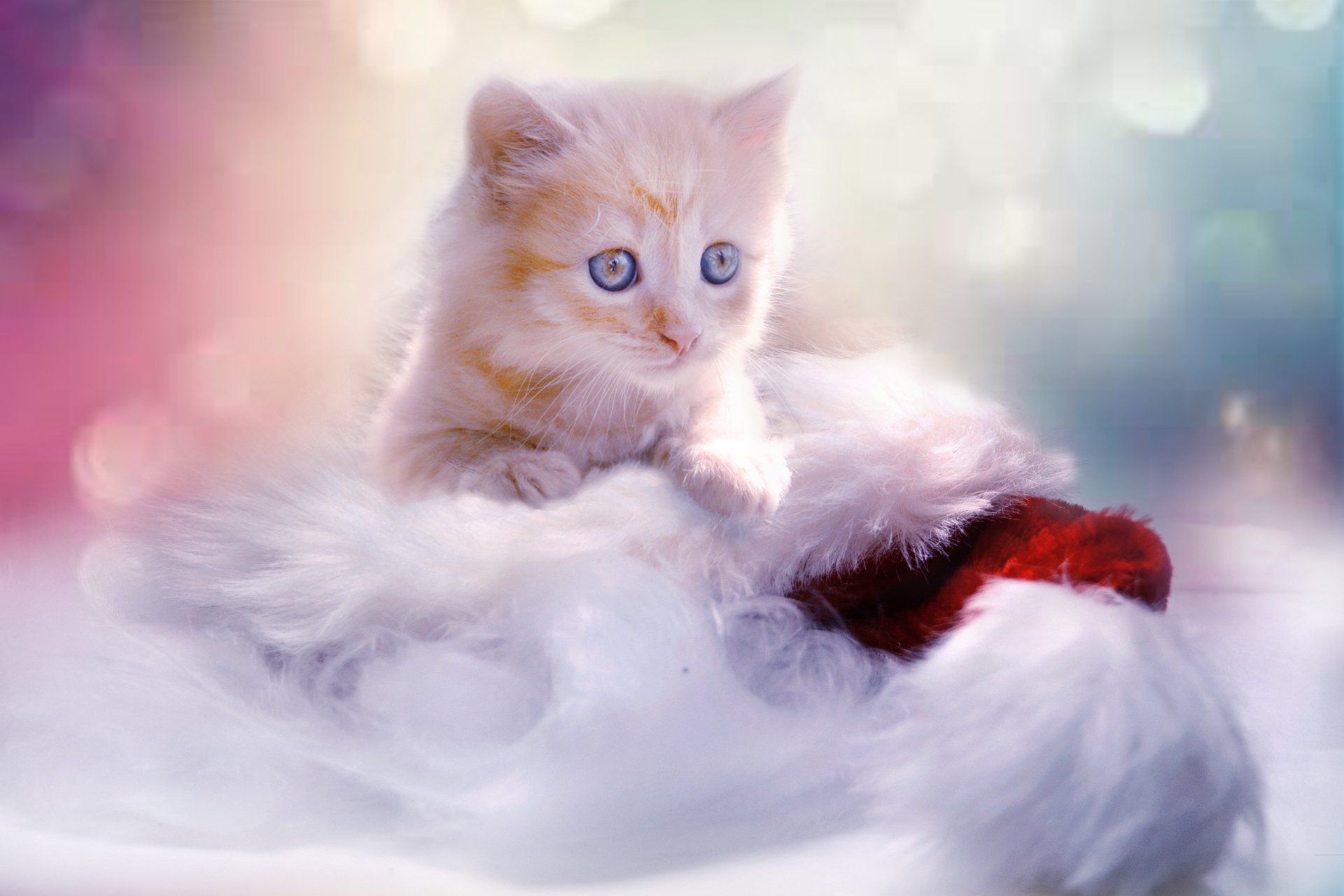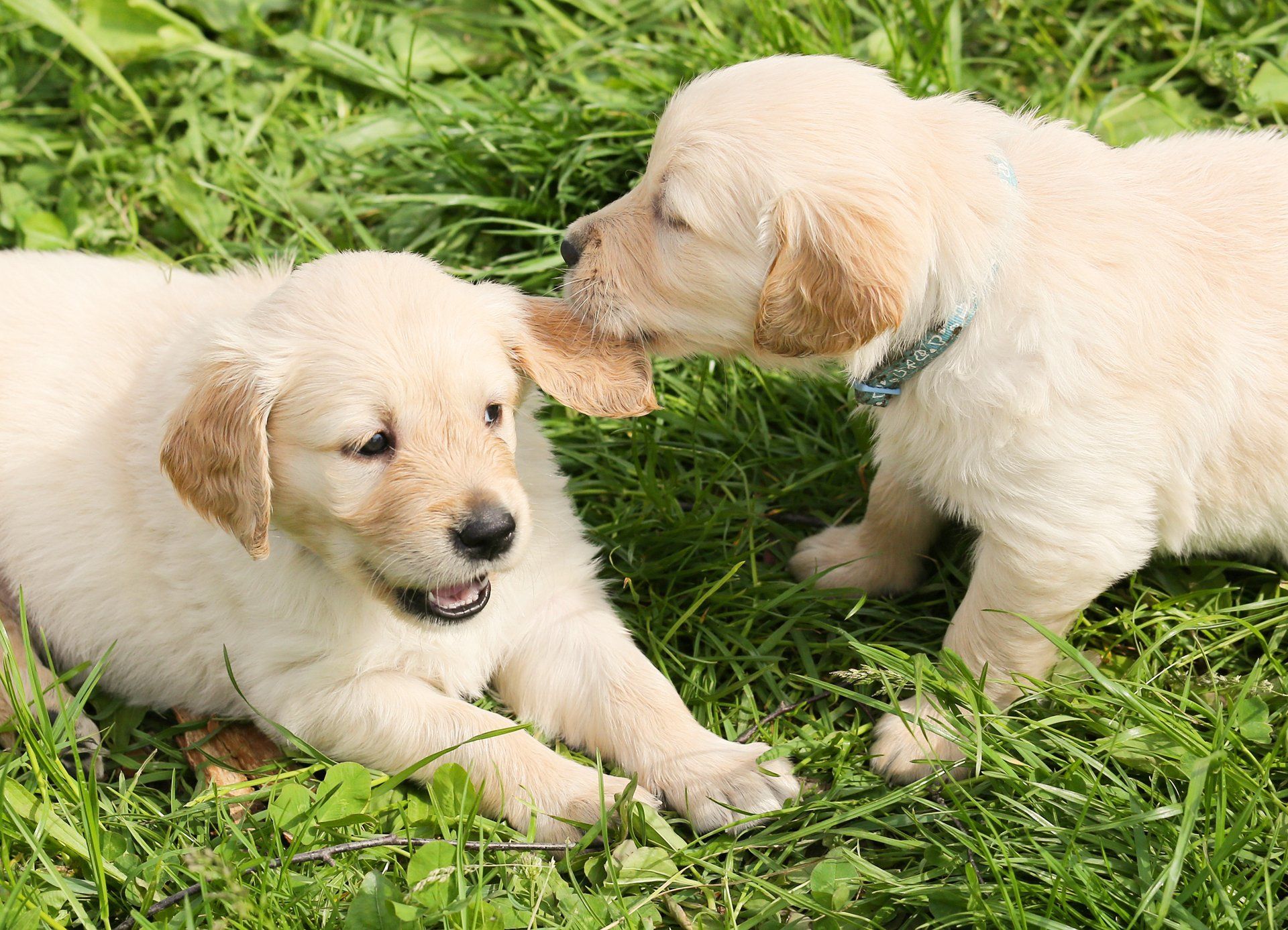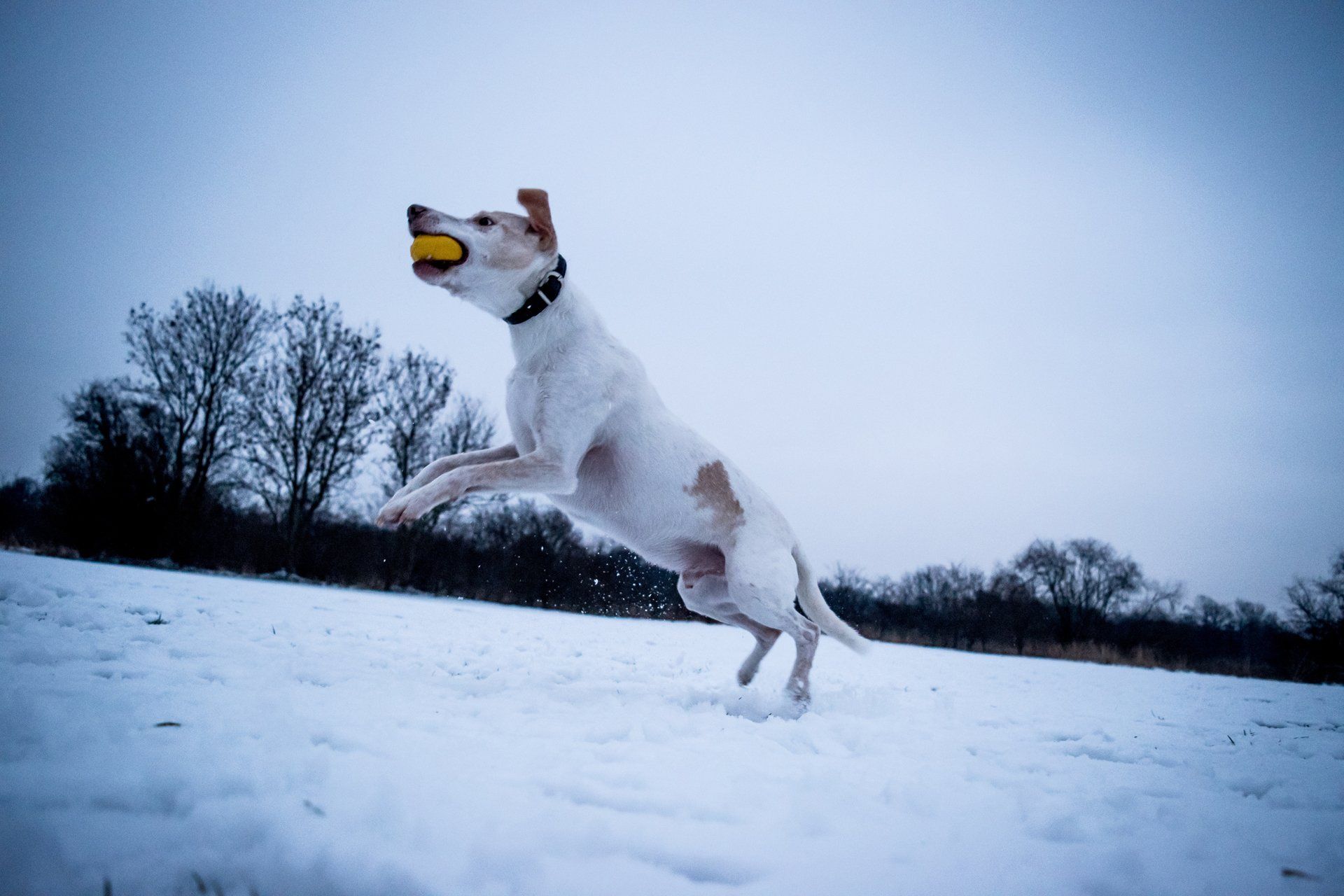Bearded dragons — also known as “beardies” — are docile, sociable and tolerate being handled exceptionally well.
If you want a beardie as a pet and are new to the world of lizards, it’s wise to become acquainted with typical beardie behavior. The more you understand your reptile pal, the better your chances of keeping him or her healthier for longer.
Healthy bearded dragons will be active, keep their heads perked up if they are awake and will be very alert when someone approaches their tank. Their skin will be smooth, their eyes will be clear and they will maintain a fairly regular bathroom schedule. A beardie is likely ill when he or she exhibits any of the following symptoms:
- Inability to defecate
If you notice that your pet has stopped defecating for a few days yet is still eating, it could be a problem. The longer the beardie goes without relieving him or herself, the more serious the issue. - Diarrhea
A healthy bearded dragon’s fecal matter should be solid. If your lizard pal has recurring bouts of diarrhea, it could be a sign of parasites or worms. - Dehydration
Keeping a beardie properly hydrated is key to maintaining their health. Should your lizard have sunken eyes, excessively wrinkled skin, lack of appetite or energy or appear to perk up after drinking, he or she may be suffering from dehydration. - Eye problems
When a beardie’s eyes droop so that he or she looks like a bloodhound, he or she may have an infection or a problem with parasites. It’s also possible that your pal may have kidney issues. Swollen/puffed out eyes are also something to watch out for. They can be signs that your beardie is shedding or that he or she is suffering from an overdose of vitamin A, parasites or an eye infection.
If you suspect that your lizard pal may be ill, make an appointment at either Wells Branch or South Branch Pet and Bird Clinics. Our vets understand the special needs and requirements of beardies and lizards and reptiles and can help your pet get back on the road to good health.


